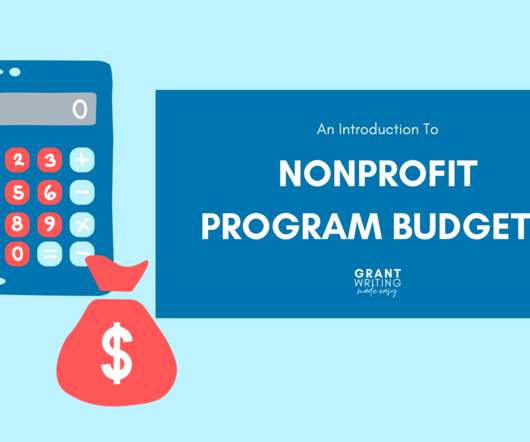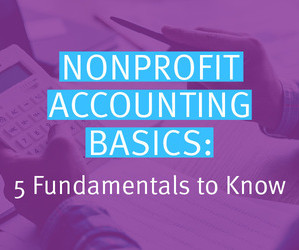What Are Payroll Grants and Where Can I Find Them?
GrantNews
FEBRUARY 13, 2025
Hosting organization contributes to health insurance and other benefits, the requisite payroll taxes associated with having the fellow on payroll , and other costs. Funding is for working capital including payroll , rent, insurance, utilities, taxes, operations, and contractors. Fellows receive funding for professional development.




















Let's personalize your content